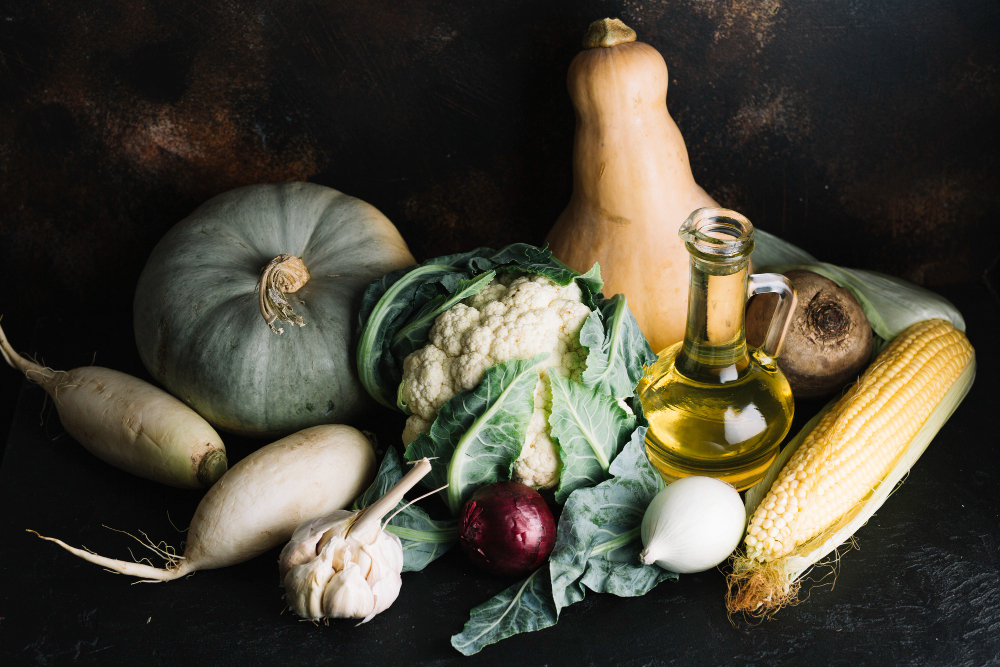Growing heirloom vegetables is a rewarding way to preserve heritage and enjoy unparalleled flavors in your garden. These vegetables, passed down through generations, offer a connection to the past and bring rich, diverse flavors to your table. This guide will walk you through how to grow heirloom vegetables successfully, ensuring you preserve their legacy and savor their unique tastes.
Choosing the Right Heirloom Varieties
Start by selecting heirloom varieties that suit your climate and taste preferences. Popular choices include Cherokee Purple tomatoes, Dragon Tongue beans, and Black Beauty eggplants. Research each variety’s requirements and ensure they match your garden conditions. Seed catalogs and local nurseries are excellent sources for heirloom seeds.
Preparing Your Soil
Healthy soil is crucial for growing robust heirloom vegetables. Amend your soil with plenty of organic matter, such as compost or well-rotted manure, to improve fertility and drainage. Conduct a soil test to determine pH levels and nutrient deficiencies, adjusting as needed to create the ideal growing environment.
Starting Seeds Indoors
Many heirloom vegetables benefit from an early start indoors, especially in regions with shorter growing seasons. Use seed trays and a high-quality seed-starting mix. Place the trays in a warm, sunny location or use grow lights to ensure adequate light. Keep the soil moist but not waterlogged, and transplant seedlings outdoors after the danger of frost has passed.
Planting and Spacing
When planting heirloom vegetables, follow the spacing recommendations for each variety to ensure proper air circulation and growth. Crowded plants are more susceptible to diseases and pests. Plant them in well-drained soil and mulch around the base to retain moisture and suppress weeds.
Watering and Feeding
Consistent watering is essential for heirloom vegetables. Water deeply and regularly, ensuring the soil stays moist but not saturated. Mulching helps retain moisture and regulate soil temperature. Use organic fertilizers, such as compost tea or fish emulsion, to provide necessary nutrients throughout the growing season.
Pest and Disease Management
Heirloom vegetables can be more susceptible to pests and diseases due to their genetic purity. Practice crop rotation, plant companion crops, and use organic pest control methods like neem oil or insecticidal soap. Regularly inspect plants for signs of pests or disease and act promptly to address issues.
Saving Seeds
One of the most rewarding aspects of growing heirloom vegetables is saving seeds for future planting. Allow some of your healthiest plants to mature fully and harvest seeds from their fruits or pods. Clean and dry the seeds thoroughly before storing them in a cool, dry place. This practice not only saves money but also helps preserve heirloom varieties for future generations.
Growing heirloom vegetables is a journey that combines tradition, flavor, and sustainability. By following these steps, you can cultivate a garden that celebrates the past and enriches your culinary experiences with unique and delicious produce.


Leave a Reply